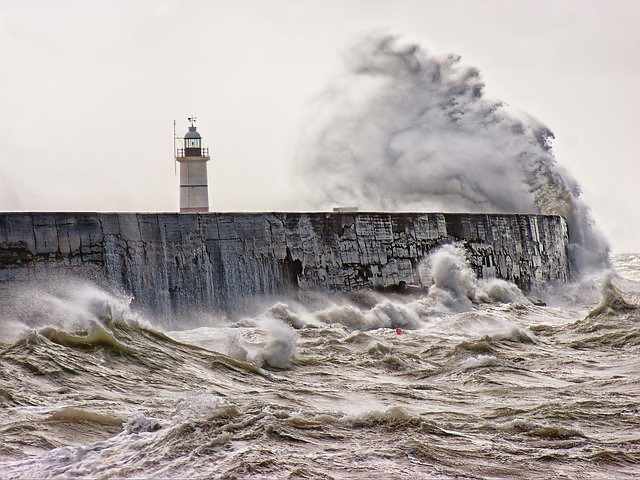US SCS activity drives $20bn Q1’24 global insured nat cat bill: Gallagher Re

Global insurance and reinsurance industry losses from natural catastrophes in the first quarter of 2024 were 10% higher than the most recent 10-year average at $20 billion, amid a continuation of high severe convective storm (SCS) activity in the US, according to reinsurance broker Gallagher Re.
The broker’s Q1 2024 natural catastrophe and climate report reveals that during the period, US SCS activity continued to lead the way as the costliest peril to start the year, on the back of a record year for US SCS insured losses in 2023.
In total, the SCS peril drove insured losses of more than $11 billion in Q1 2024, accounting for approximately 54% of the total, with most of these SCS losses occurring in the US.
In fact, the US accounted for over $10 billion of the Q1 2024 total and, according to Gallagher Re, at least three individual billion-dollar insured loss SCS events alone, including the most expensive insured event of the quarter, which was primarily driven by a modern era record number of large hail reports.
Although still elevated, the $11 billion of insured SCS losses is down on the $15 billion seen in Q1 2023.
As well as the continued SCS activity, Gallagher Re’s report finds that the opening quarter of 2024 was defined by the magnitude-7.5 earthquake in Japan, and an active European windstorm season.
But while insured losses came in above the most recent 10-year average for the quarter, economic losses from natural catastrophes were 17% lower than the decadal average at an estimated $43 billion.
Excluding losses from earthquakes, volcanos and other non-atmospheric-driven events, so focusing just on weather and climate-related disasters, the economic total falls to $31 billion, which is below the 10-year average of $43 billion, and insured losses were estimated at $17 billion, which is in line with the decadal average, according to Gallagher Re.
“While 2024 has resulted in a manageable start for natural catastrophe losses, the spring and summer months across the Northern Hemisphere often bring more volatile weather or climate-related activity,” said Gallagher Re’s Chief Science Officer, Steve Bowen.
“There is already heightened awareness for the looming Atlantic hurricane season and the current atmospheric/oceanic conditions that may spawn above average storm activity. While not every La Niña behaves the same way, we have consistently seen the influence of climate change on the various phases of ENSO that fuels more extreme weather behavior. Preparation, investment and adaptation remains imperative in the face of increasing risk,” he continued.
Looking ahead to the rest of the year and what some are currently expecting to be a hyperactive 2024 Atlantic hurricane season, Gallagher Re notes that close attention will be paid to the expected transition from El Niño to La Niña conditions.
The report claims that since 1950 there have been 28 La Niña episodes which had a total of 50 US mainland hurricane landfalls. This compares to 20 El Niño episodes during the same period with a total of 15 US mainland hurricane landfalls.






